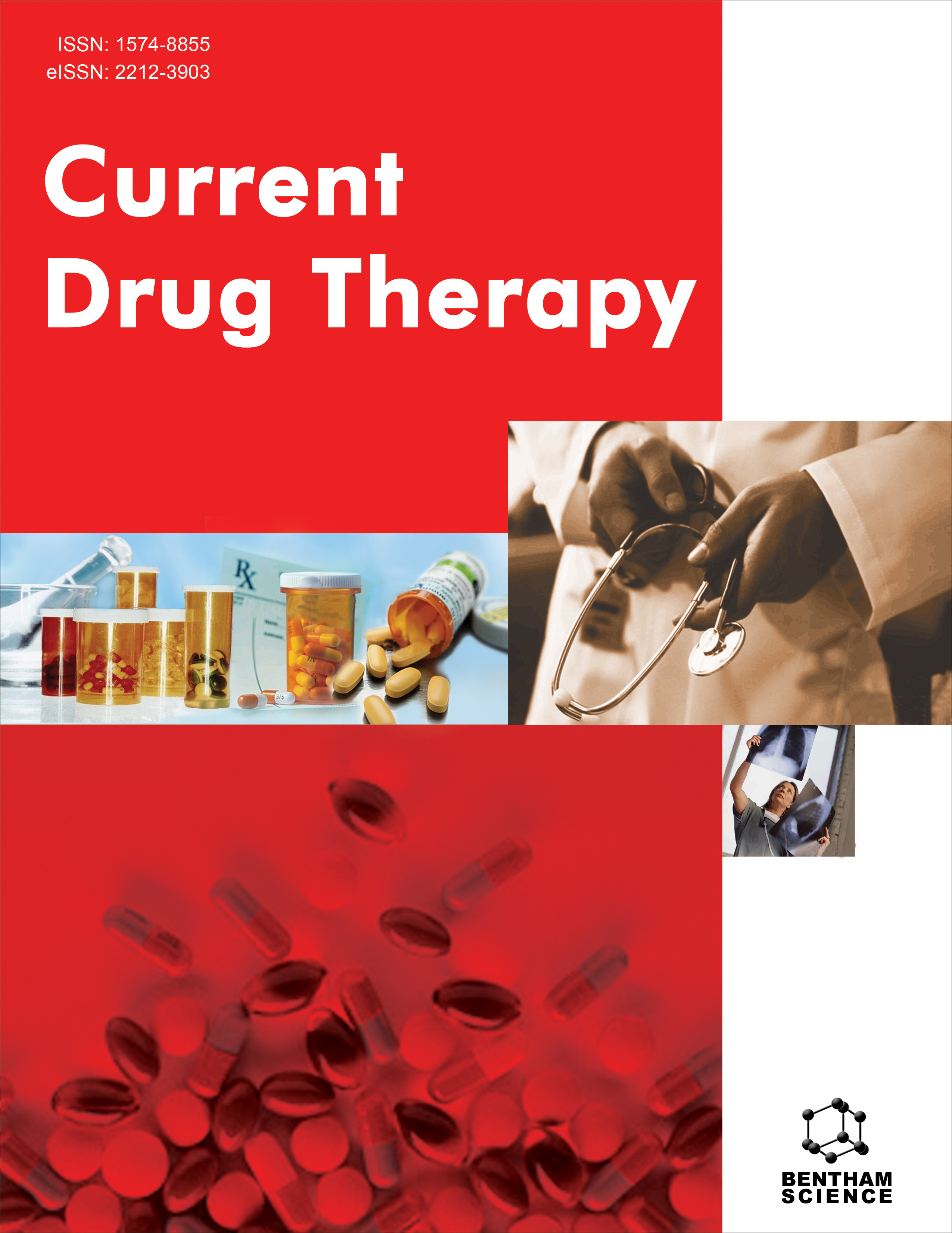
Full text loading...
We use cookies to track usage and preferences.I Understand
The importance of medical professionals like clinical pharmacologists in the field of sport medicine lies in their expertise in doping and anti-doping. There is a need to identify the expertise globally and understand the pattern of research being done in this area. This helps for future collaborative and combined policies, irrespective of any borders. The purpose of this study was to conduct a scientometric examination of bibliographic facts linked to clinical pharmacology in doping and anti-doping, and data from PubMed was retrieved between January 2012 and January 2021. This study looked at scientometric approaches such as frequency distribution, percentage analysis, relative growth rate and doubling time, and level of collaboration. During the research period, we acquired a total of 65 articles, and a maximum of 13 (20%) were contributed in the year 2021. The relative growth rate is declining, and the doubling time was increasing between 2014 and 2021. This will be the first scientometric analysis done on the topic to best of our knowledge, and this study will act as a document for further research on the topic.

Article metrics loading...

Full text loading...
References


Data & Media loading...

